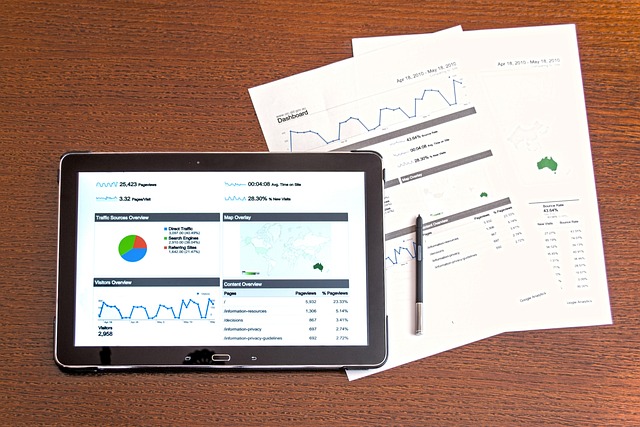
Fee-Only Fiduciary
Project-Based Financial Planning
Tax Professional
Investment Advice
How I Can Help You
As a financial planner I see many clients like you. From advising other clients, to experiencing similar life changes myself, I’m able to use that knowledge to guide you to use your money with purpose. All while creating a plan to avoid the pitfalls you may not even know about that can derail your goals.
Financial Plan
- Covering your finances and investments with where you are currently, where you want to go, and, most importantly, create a plan to get there. All while stress testing decisions and unknowns you’re concerned about.
- Collaborative process – plan for at least 3 meetings over a 3-month period.
- Industry leading financial planning and tax planning software
Full plans generally start at $2,500 and depend on complexity and your needs. The financial plan can be broken into smaller chunks targeting your biggest needs. These chunks are typically around $800.
Financial Physical

Unsure of where you stand financially but not ready to invest in a full financial plan?
Get clarity on your financial standing and actionable steps in just 60 minutes.
$375 includes a 60-minute meeting and follow-up email with action items.
Taxes

I am an Enrolled Agent, the highest credential the IRS awards. I love explaining taxes and can help you with:
- Tax Minimization
- Tax Preparation
Consultation

In the middle of making a major decision and afraid of what you don’t know?
Hire me for a consultation focused on answering your most pressing questions.
- Investment Advice
- Self-Employed Retirement Planning
- Major Purchase Planning (car, house, going back to school, etc), investments advice
- Evaluating a job offer and starting benefits
- Tax Planning
$250 per hour Expedited service available for an additional fee.
Who I Serve
I provide professional financial advice to do-it-yourselfers navigating major financial decisions and love helping people use their money with purpose. With firsthand experience as a freelancer, solopreneur, and tech professional, I bring extra insight to those on similar paths.
Best suited for people at a crossroads looking for a second opinion or guidance with a plan they can implement on their own.




